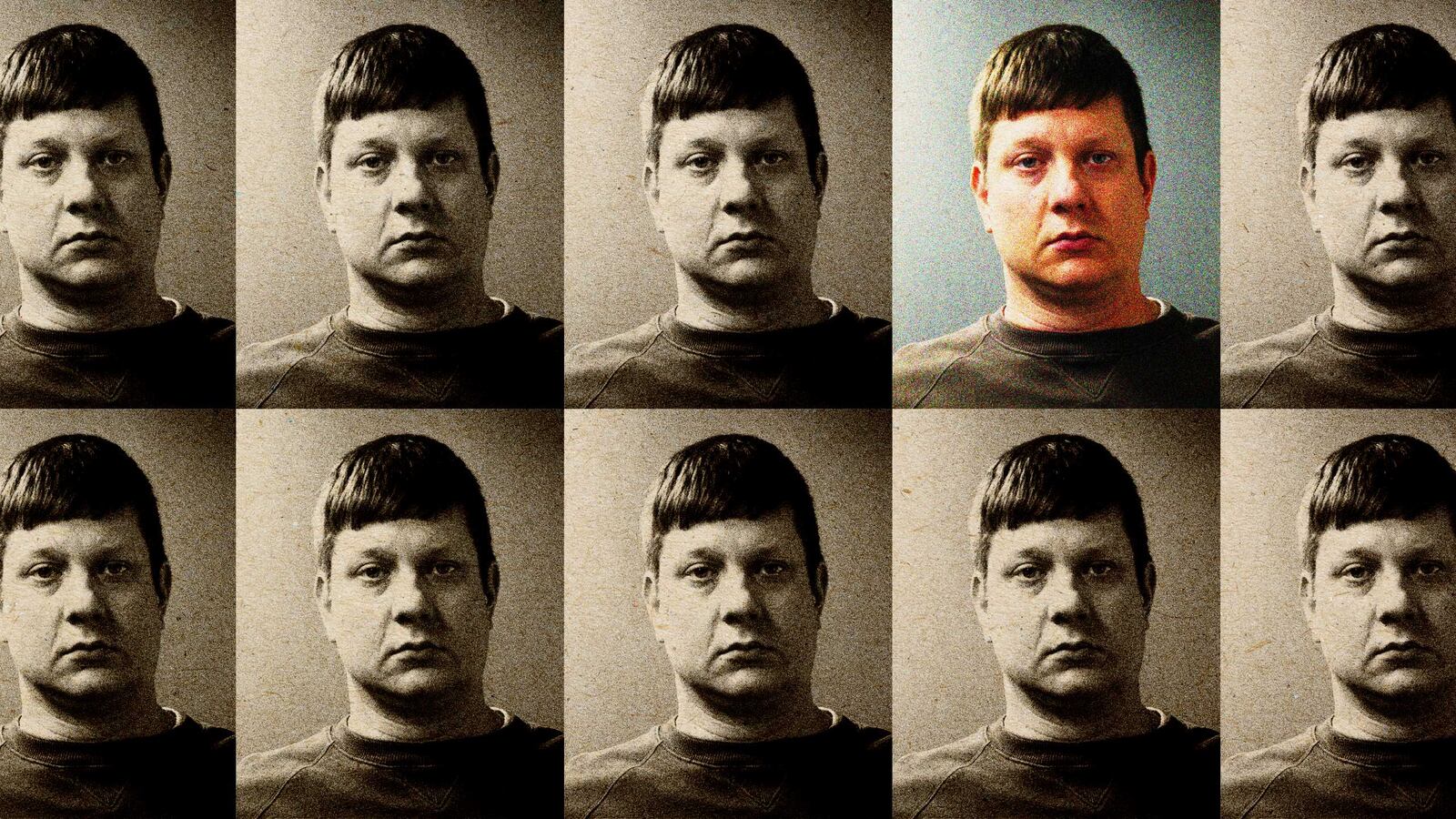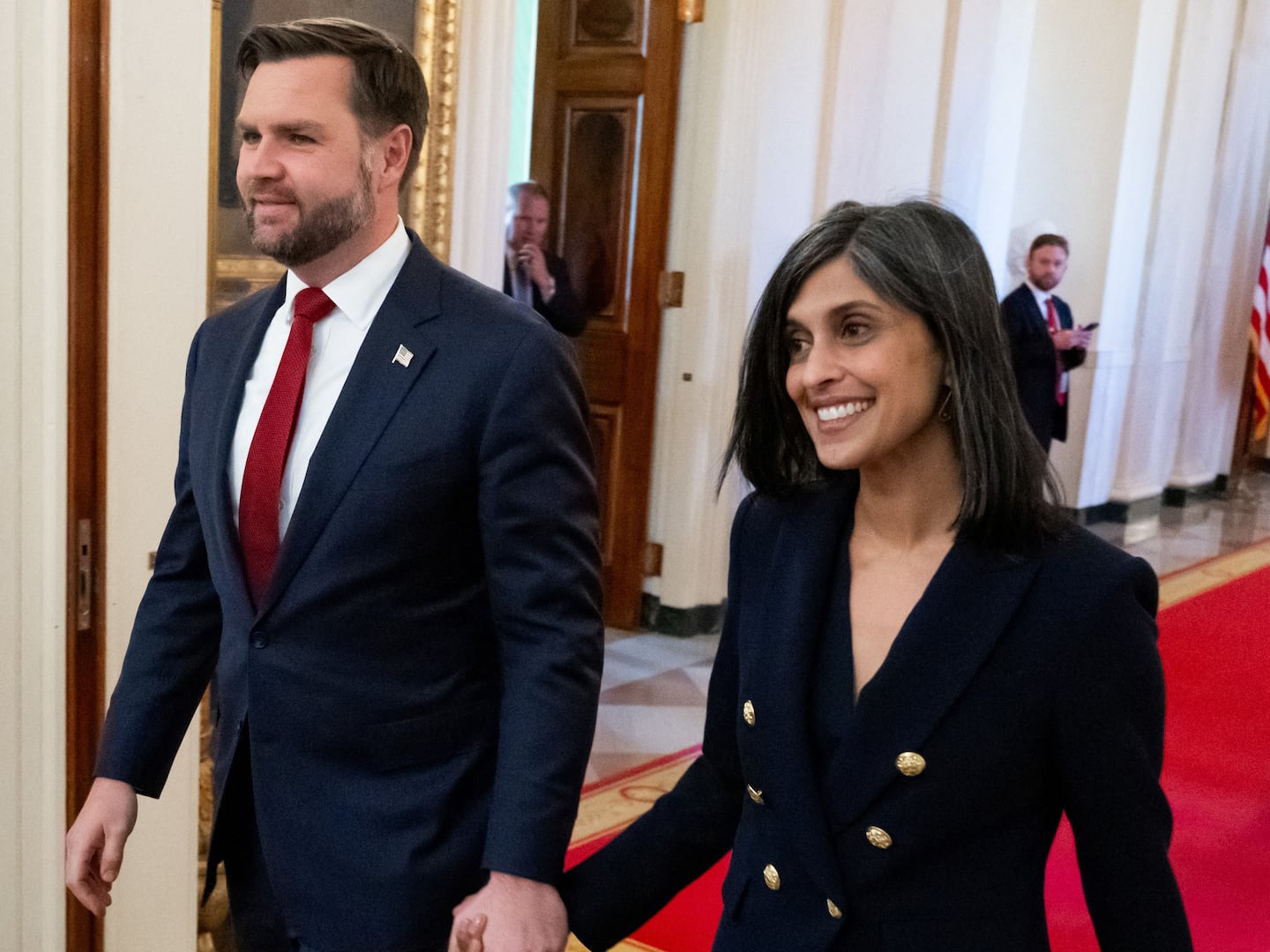Laquan McDonald was always going to die that night.
Chicago police officer Jason Van Dyke let off a flurry within seconds of jumping out of his squad car, firing 16 shots in less than 15 seconds to empty his 9mm semi-automatic. Nine rounds struck 17-year-old McDonald in the back. Van Dyke kept firing even as the boy lay motionless on the ground.
Those are the facts.
Video taken from a squad car captured every moment, even as the city tried to keep that footage out of public view. In the end, a jury did what almost no one watching the trial believed was possible: They convicted Van Dyke on second-degree murder charges and 16 counts of aggravated assault—one for every bullet.
For the first time in five decades a Chicago police officer has been convicted of killing a civilian in the line of duty. It is rare for a member of law enforcement to face charges for a fatal shooting anywhere in the country, let alone Chicago where gang violence holds entire neighborhoods under siege. When an officer actually does face trial, an acquittal is all but assured—even when there is footage from a dashboard or body camera.
Juries tend to see things the officer’s way.
Now the tide seems to be turning, if only slightly. District attorneys across the country, bending to public pressure, have prosecuted a handful of high-profile cases. While it remains rare for a sitting district attorney to lose a re-election bid, Cook County voters booted State’s Attorney Anita Alvarez after she failed to charge Van Dyke. She lost to Kim Foxx, a political neophyte, who was eager to put the officer on trial.
Ultimately, the mostly white jury never doubted that Van Dyke was guilty. The video, which had been secreted away for 13 months, was enough.
The jury simply didn’t buy the cop’s story. How could they? Van Dyke blamed a menacing stare and the initial 400-page police report had said Laquan lunged at officers with a three-inch knife. Van Dyke even testified that Laquan had tried to get up after being shot.
None of it was true.
The fact is Laquan was walking away when Van Dyke fired his weapon from about ten feet away. And he kept firing, even as the victim lay motionless on the ground. Evidence shows the pocket knife was folded into its casing, certainly not being wielded at officers in a threatening manner. There was even an allegation that a second surveillance video, taken from a nearby Burger King, was erased by Chicago police officers the night of the shooting.
Despite that evidence, Van Dyke took his chances with a trial. After all, juries almost always believe police officers. In Van Dyke’s 14-year tenure on the force, at least 20 citizen complaints were filed against him—10 alleging excessive force and two of them involving a firearm. He was never once disciplined. Van Dyke had every reason to believe he would not be prosecuted for shooting and, if he was, that a jury would not return a conviction.
The odds were in Van Dyke’s favor and he knew it. In fact, the only reasons Van Dyke was tried at all is because a band of social justice activists would not let the case go and voters made their displeasure known in the voting booth.
As in every case like this, the victim was put on trial. Toxicology tests showed McDonald— suspected of breaking into cars the night he died, and even slashing the tires of a squad car—had PCP in his system. He defied police commands and walked away. But, there was no time when an officer’s life was threatened.
The law is clear. The Supreme Court held that a police officer can use deadly force against a fleeing (in this case, walking) suspect in narrow circumstances. There must be “probable cause to believe that the suspect poses a significant threat of death or serious physical injury to the officer or others.”
Van Dyke had many other choices. His decision to shoot McDonald was made before he could render any assessment of the unfolding situation.
Laquan McDonald was always going to die that night. What was far from inevitable is Jason Van Dyke being held to account for his death.







